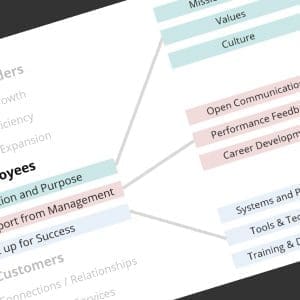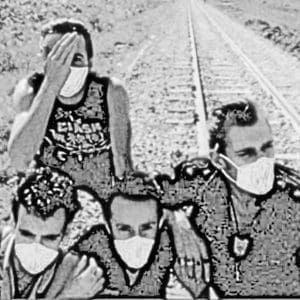Projects that are funded through your internal seed fund resemble lifecycle stages of startup companies - an interesting parallel.
In the past, I have written about our internal Seed Fund and how IT is helping our business units move forward with some of their ideas around Smart, Connected Products (aka the Internet of Things). Over the last few weeks (during our annual review / budget season), I’ve had a chance to recast some of the things we are doing, communicating our approach and impact in an interesting way.
The audience is a combination of “senior leadership” (at the corporate and BU level) and some at the product line / engineering level (the ones that get stuff done!), and we are going through these retroactive reviews so folks can “sign up” for more work in 2016. I’ve noticed a pattern here – I suppose it was there from the beginning, but not readily apparent as the team was bootstrapping our way off the white board. Our “internal VC fund” has sponsored three types of projects, with groupings that sound like lifecycle stages of startup companies …
Seed Funding – Early stage product research, for ideas that are possibly off-the-wall, potentially a few steps away from the perceived core competencies of the business – but definitely too nascent to dedicate scarce engineering talent to work on. These projects (some still underway!) have seen the first glimmers of success because we’ve made concrete progress advancing the ideas without spending a ton of our scarce resources – not just cash, but time.
Our approach was to partner with the University of Notre Dame, defining thesis projects for graduate students in their entrepreneurship program. The students are working with some of our BUs to answer those early, basic questions about potential customer needs, market interest and competitors, and technology options.
Series A – Here’s where our MVP / proof of concept projects fall; hacked together representations of potential product offerings, or specific experiments in technologies such as sensors, communications, cloud data storage, and machine learning that make our “crazy” ideas more concrete and understandable. Success is defined as making markedly different product ideas understandable for customers (the primary target, as they will potentially by our future services), but also for internal folks (the necessary target, since information-as-product is a big change in thinking for many).
Our approach was to leverage internal experience from the IT team for strategic alignment, working the corporate network – and (most importantly) sourcing and funding external partners that could quickly bring ideas into reality, answering the technical questions that are too new for us. We’ve located a few really good ones – really connecting with customer-focused, value generating work – while making the “fancy new tech” very accessible. (Happy to pass on contact information to anyone interested!).
Series B – Ok, I’m stretching the definition a bit; in our case, these are projects that step beyond proof-of-concept. As we ponder all that terrific top-line revenue from excited, happy customers waiting for these new products and services, it’s time to answer some fairly specific questions. The IT team is diving into deeper conversations about business plans, operational impacts, and technology solutions that will scale to match potential markets. To be fair, we are just getting to this type of work based on “Series A” projects from 2015; it is new art for us, but we’re making great progress.
Again, our approach will be to bring IT’s broad experience in technology business models in multiple industry verticals, technical and tactical experience in architecting systems that scale, and connections with external partners (large and small) to solve the tough challenges and deliver right-sized solutions that meet and exceed customer needs. We’re also transitioning “ownership” to the Business Units – which means no more funding from our budget (their revenue? their cost!). This is a different level of partnering – more soft skills needed for change management, while making sure product / service offerings (and supporting operational process) are built to scale.
By the way … there is actually a fourth group of things we are working on; a couple of moon shot ideas that have been cooking over the past six months. Can’t talk about those just yet … but stay tuned …
25 January, 2016






Comments (0)